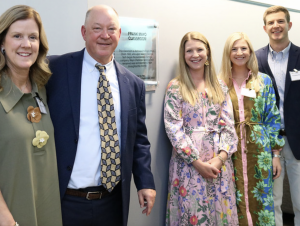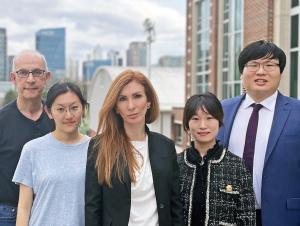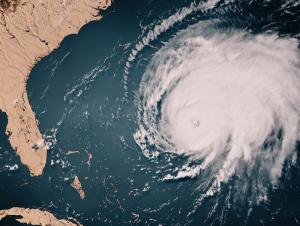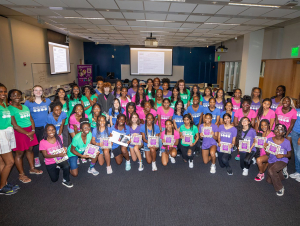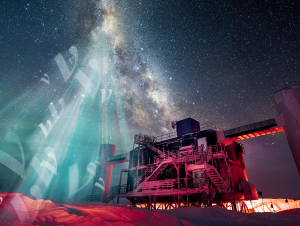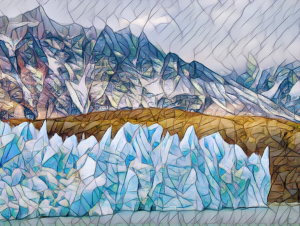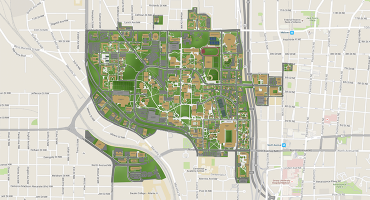To request a media interview, please reach out to experts using the faculty directories for each of our six schools, or contact Jess Hunt-Ralston, College of Sciences communications director. A list of faculty experts is also available to journalists upon request.
Latest News
Three classrooms for the School of Chemistry and Biochemistry in the Molecular Science and Engineering Building are dedicated to the memories of Georgia Tech alumni and supporters, thanks to the work of the John Bryant family.
Early stage company from M.G. Finn lab developing drug delivery system for sustained, extended release that can vary from days to weeks.
Forecasts call for a near-normal hurricane season, but climate change could make future seasons more unpredictable than ever before.
The last week of June, fifty teenage girls from around the Atlanta metro area convened daily at Georgia Tech's Marcus Center for the first in-person STEM Gems summer camp.
High-energy neutrinos — with energies millions to billions of times higher than those produced by the fusion reactions that power stars — have been detected by the IceCube Neutrino Observatory, a gigaton detector operating at the Amundsen-Scott South Pole Station. It was built and is operated with National Science Foundation (NSF) funding and additional support from the fourteen countries that host institutional members of the IceCube Collaboration.
Alex Robel, assistant professor in the School of Earth and Atmospheric Sciences, has been awarded a $780,000 NSF CAREER grant to improve how computer models of melting ice sheets incorporate data from field expeditions and satellites. Robel will create a new open-access software package — complete with state-of-the-art tools and paired with ice sheet models that anyone can use, even on a laptop or home computer.

